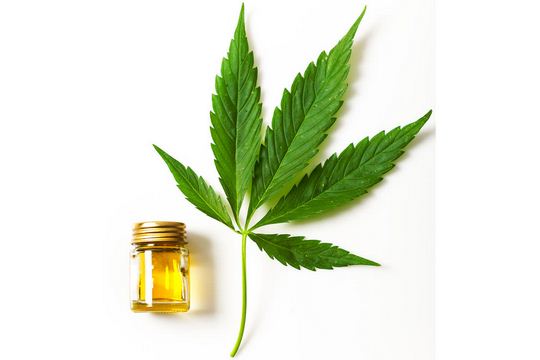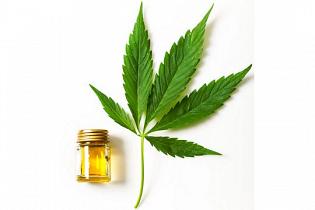Weed—Could It Really Be a Wonder Drug?
Weed, which is also known as cannabis, is a type of psychoactive drug derived from the Marijuana plant. The primary psychoactive compound is tetrahydrocannabinol (THC), which is sourced and extracted from the flower of the plant.
Modern research into the effects of cannabis and cannabis products has found that many different illnesses could be improved or even cured through the use of medicinal cannabis. So why isn’t it used more frequently in modern medicine?
Over half of the states in the US now accept cannabis as a medical treatment, but that still leaves the not so small minority who are hesitant to legalize it. Despite the fact that Marijuana has been used as a traditional medicine in herbal remedies for thousands of years, the criminalization of it in more recent years is making it a hard decision for the state governments to override.
The health benefits of cannabis and hemp based products are highly spoken of among those who use them. Claims have been made, according to the Baltimore Post-Examiner, that the use of cannabis and cannabinoids can be used to reduce inflammation and pain expression, as well as being an appetite-boosting herb for those receiving treatment for AIDs or cancer. The use of CBD oil is still uncommon, but as time is going by more and more people are discovering how this amazing but shamed plant could help in the many aspects of modern medicine.
As pointed out by MedicalNewsToday, a review of over 10,000 separate studies carried out in 2017 by the National Academies Of Sciences, Engineering And Medicine found that marijuana—or, at least, a selection of the cannabinoids that it contains, are highly effective for use as a painkiller. In fact, there have been a number of high profile cases recently when the only medicines that helped with chronic pain were those based on marijuana extracts. With chronic pain being cited as one of the top causes of US disability and inability to work, having an easily accessible cure for such ailments would allow many people (as many as 25 million adults) to get on with their lives, get a job, and properly contribute to the economy.
LifeHack goes on to explain further the origins of cannabis as a medicinal drug (or, as far back as we know, anyway). Ancient texts from 2737 BC by the Chinese Emperor of the time, Shen Nung, describe the plant’s power as a cure for numerous issues: as medication for rheumatism, as well as for gout, malaria and—ironically, considering the modern concerns surrounding the drug—absent-mindedness. The use of marijuana is known to have then spread across the continents over the centuries and millennia to come, reaching Europe by 500AD, with India and Africa having received word of its properties some time before this. Then, in the 1850 edition of the United States Pharmacopeia, it was mentioned that marijuana was effective as a cure for labor pains, rheumatism and general nausea.
It was only from 1850 in the United States that cannabis began to gain popularity as a recreational drug. Up until that point, all known references have cited it as a medicine. So, perhaps it is time to go back to the days of old and embrace the curative properties of this plant?
Comments
There are 0 comments on this post













